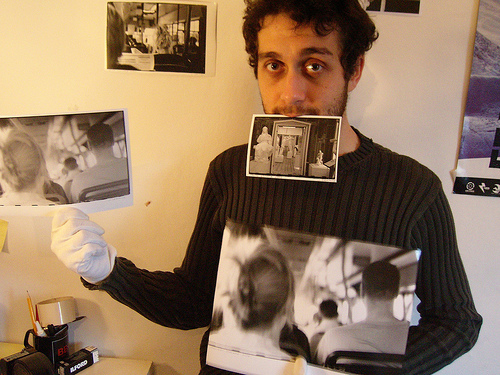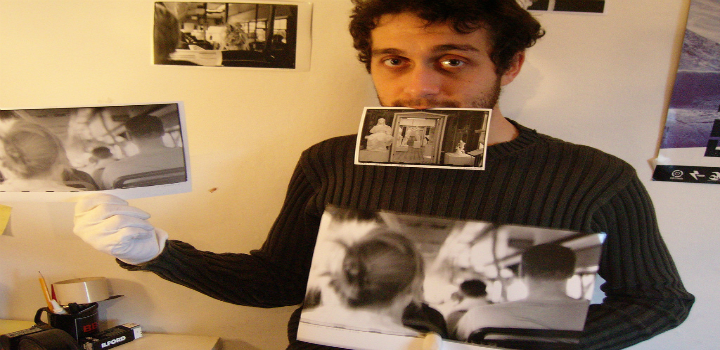Saving on Business Printing Costs
One of the main areas of focus for small businesses is keeping costs as low as possible. Across all areas of the business, the dollars can quickly tally up, and unchecked spending can create cash flow holes that are damaging to growth prospects. Printing is one area where costs can easily swell, and in some industries the temptation to overspend on printed materials is a daily threat to profitability.
More experienced printing buyers will no doubt approach the ordering decision with strong opinions about the best structure for the deal. However, it remains easy to make mistakes in the ordering process, which can prove costly and lead to unhelpful delays. Varying the specification and quantity of the print run are the two main ways in which costs can be reduced. Printers like Mines Press, who runs the Mines Press Blog, offers quotes based on specification for variable print run sizes.


Prints from jukka by Felinux – Cogito ergo boom!, on Flickr. This work is licensed under a Creative Commons Attribution-NonCommercial-ShareAlike 3.0 Unported License.
When you buy printed materials, there is always a balance to be found in the number you run. Naturally, the cheapest option is usually to order less. But the equation with printed materials isn’t as simple as it is with buying a quantity of products. There are fixed costs to be spread across the print run, whether you’re ordering 10 units or 4000, and these make it often seem cheaper to scale up and buy more. Furthermore, printing often happens on bigger sheets in sets of 4, so it can prove more expensive to get a less specific number if that requires special effort on the part of the printer.
Campaigns Are Cheaper Than a Per Customer Basis
With the costs of printing feeling particularly front-loaded, in the sense that the initial fixed costs stay at the same rate for larger orders, there is also the incentive to order more. Although spending more money will cost you more, the price per leaflet will decrease the more volume you order. This can make campaigns overall cheaper on a per customer basis. There is always the temptation to order more with your printing, but it makes sense only to scale it so far if you want to avoid having too much printed stock.
Aside from the numbers you order, the specification of your printing job can radically affect the price paid. Obviously, changes to the specification will feel like sacrifices on the quality and presentation of your campaign. However, they can be customized to provide the maximum possible saving at the best possible quality, particularly where customers know what they are looking for.
The first major decision is whether to print one or double sided. The difference isn’t usually considerable, but double-sided printing may not be necessary and can increase the costs of the campaign without measurably contributing too much to results. Naturally this is an area to test in your own campaign, but it is often an unnecessary touch.
Sizing can make a difference, too. Smaller page sizes are usually cheaper, and so long as your materials are still legible and still have a visual impact, they can still look good. Making small changes to the specification of your print job, along with the size of the order you place, it can be possible to save on the incremental costs of mailing new prospects.

